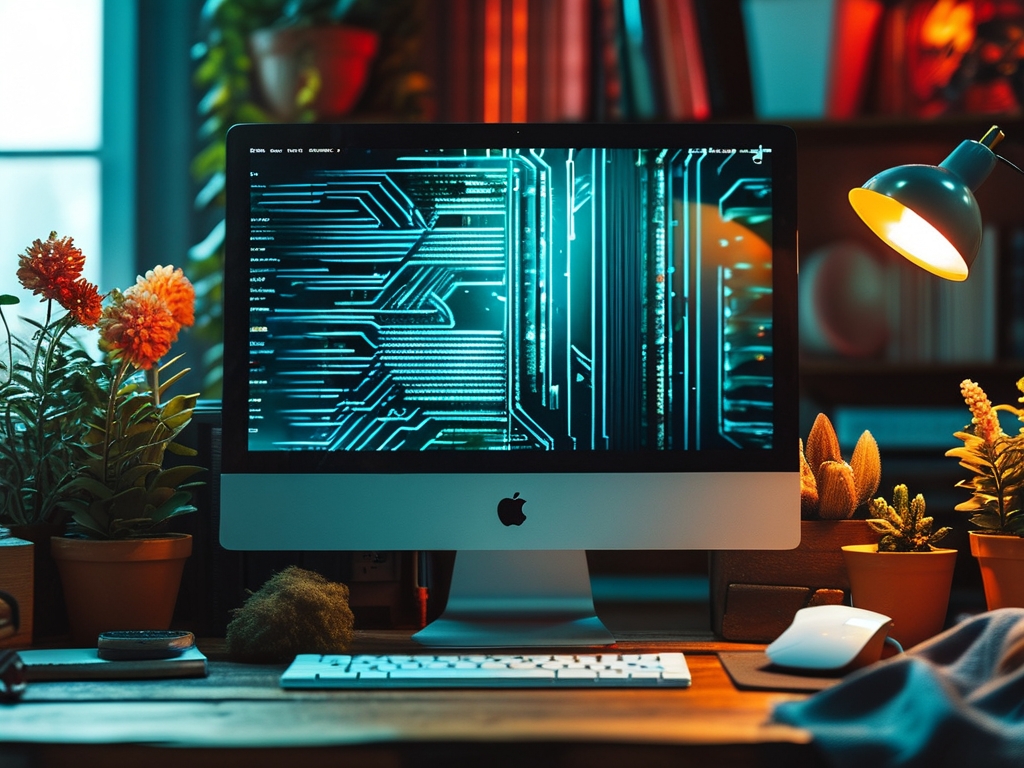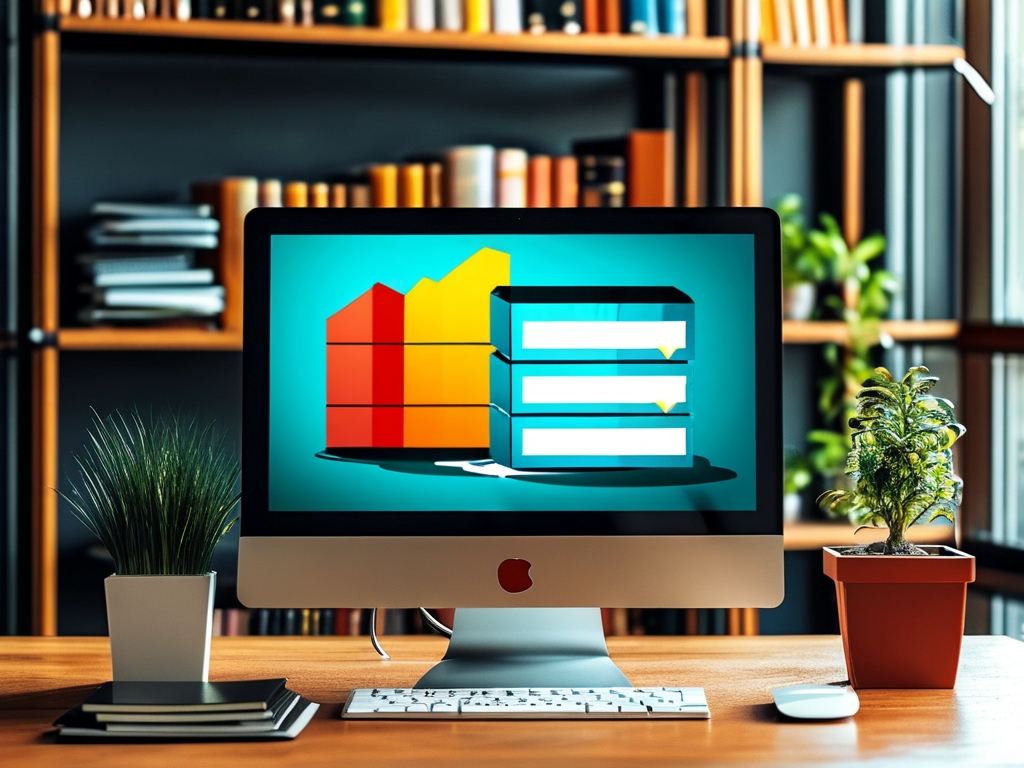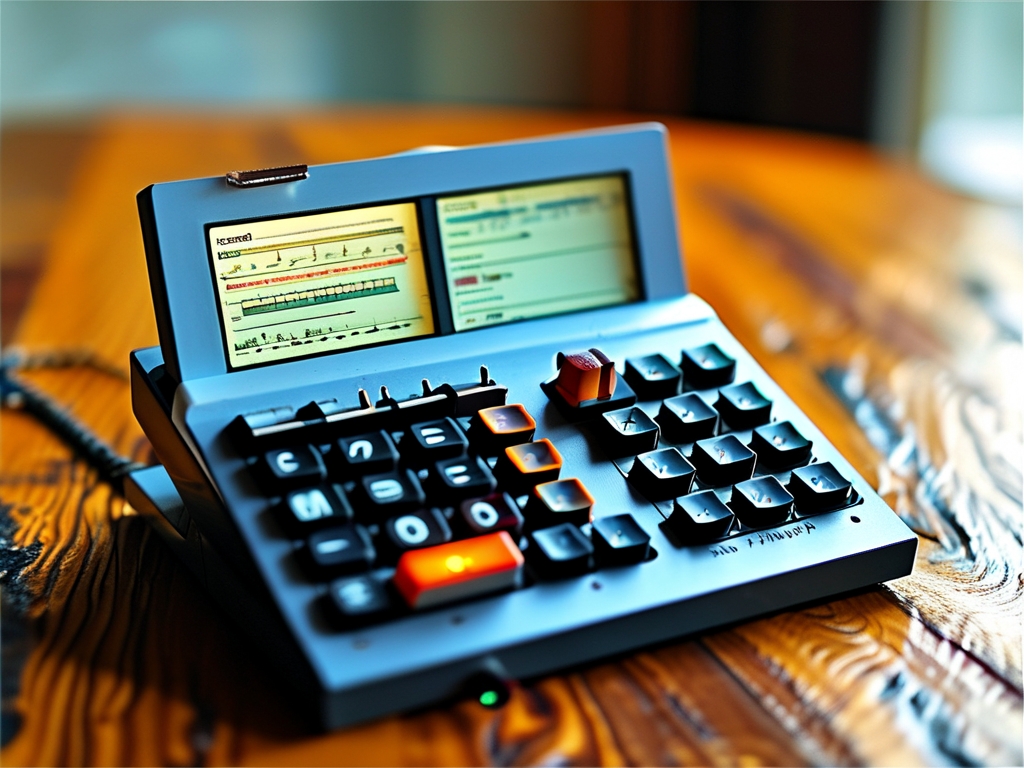If your computer frequently freezes, displays "low memory" warnings, or struggles with basic tasks, insufficient RAM (Random Access Memory) might be the culprit. Modern software and multitasking demands increasingly strain computer resources, making memory management critical. This article explores practical solutions to address low memory issues and optimize your system's performance.

Understanding the Problem
Computer memory (RAM) acts as a temporary workspace for active applications. When RAM runs low, your system resorts to "virtual memory" – using hard drive space as a substitute. Since hard drives are significantly slower than RAM, this causes lag, crashes, and reduced productivity. Common symptoms include:
- Slow application launches
- Browser tabs freezing or reloading
- Delayed file operations
- System warnings like "Your computer is low on memory"
Step 1: Diagnose Memory Usage
Begin by identifying memory-hungry processes:
- Task Manager (Windows) or Activity Monitor (macOS): Sort processes by memory consumption.
- Look for unnecessary background apps (e.g., updaters, bloatware).
- Browser extensions and tabs often consume excessive RAM. A single Chrome tab can use 500 MB!
Step 2: Immediate Fixes
Close Unnecessary Programs: Prioritize active tasks and quit unused applications.
Restart Your Computer: Clears cached data and resets memory allocation.
Adjust Browser Habits: Limit open tabs, use lightweight extensions, or switch to memory-efficient browsers like Firefox or Brave.
Step 3: Upgrade Hardware (If Possible)
If your system still struggles after optimization, consider hardware upgrades:
- Add More RAM: Check your device’s maximum supported RAM. Modern systems often require 8–16 GB for smooth operation.
- Replace HDD with SSD: While not a RAM substitute, SSDs improve virtual memory performance.
Step 4: Software Optimization
- Disable Startup Programs: Prevent memory-hogging apps from launching automatically.
- Adjust Visual Effects: On Windows, disable animations via System Properties > Advanced > Performance Settings.
- Use Lightweight Apps: Replace resource-heavy software (e.g., Photoshop with GIMP for basic editing).
Step 5: Virtual Memory Configuration
Increase virtual memory allocation temporarily:
- Windows:
- Go to Control Panel > System > Advanced system settings.
- Under Performance, click Settings > Advanced > Change.
- Uncheck "Automatically manage" and set a custom size (1.5x your RAM).
- macOS: Virtual memory is managed automatically, but freeing disk space helps.
Step 6: Clean Your System
- Uninstall Unused Software: Bloatware consumes background resources.
- Run Disk Cleanup: Remove temporary files and system caches.
- Scan for Malware: Viruses or cryptominers may secretly drain memory.
Advanced Solutions
- Use a RAM Disk: Allocate excess RAM as ultra-fast storage for temporary files.
- Cloud-Based Tools: Offload tasks to web apps (e.g., Google Docs instead of desktop Office).
- Linux Alternatives: Lightweight OSes like Lubuntu revive older low-RAM devices.
Long-Term Maintenance
- Monitor memory usage monthly.
- Keep software updated for bug fixes and efficiency improvements.
- Consider upgrading your device if hardware limitations persist.
Low computer memory disrupts productivity but is solvable through a mix of software tweaks, habit adjustments, and targeted upgrades. Start with non-invasive fixes like closing apps and optimizing settings before investing in hardware. By understanding your system’s limits and adopting proactive maintenance, you can extend your device’s lifespan and enjoy smoother performance.







